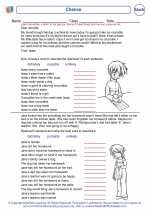Probability
Probability is the likelihood or chance of a specific event happening. It is expressed as a number between 0 and 1, where 0 indicates that the event will not happen and 1 indicates that the event will definitely happen.
Calculating Probability
To calculate the probability of an event, you use the following formula:
Probability = Number of favorable outcomes / Total number of possible outcomes
For example, if you want to calculate the probability of rolling a 6 on a standard six-sided die, there is 1 favorable outcome (rolling a 6) out of 6 possible outcomes (rolling a number from 1 to 6). So the probability would be 1/6.
Probability in Real-Life Situations
Probability is used in everyday life to make decisions and predictions. For example, weather forecasts use probability to predict the likelihood of rain or sunshine on a given day. Similarly, businesses use probability to assess risks and make financial decisions.
Types of Probability
There are different types of probability, including:
- Theoretical Probability: This is based on what should happen under ideal conditions. For example, the theoretical probability of flipping a coin and getting heads is 1/2.
- Experimental Probability: This is based on actual outcomes from an experiment or real-life situation. For example, if you roll a fair six-sided die 100 times and get 20 sixes, the experimental probability of rolling a six would be 20/100 or 1/5.
- Conditional Probability: This is the probability of one event occurring given that another event has already occurred. For example, the probability of drawing a red card from a deck of cards, given that a black card has already been drawn.
Understanding probability is important for making informed decisions and interpreting the likelihood of different outcomes in various situations.
[Probability] Related Worksheets and Study Guides:
.◂Math Worksheets and Study Guides Second Grade. Probability
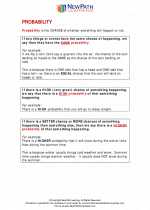
 Worksheet/Answer key
Worksheet/Answer key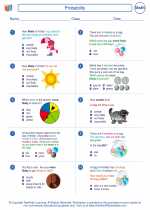
 Worksheet/Answer key
Worksheet/Answer key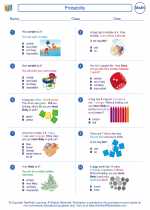
 Worksheet/Answer key
Worksheet/Answer key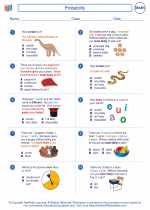
 Worksheet/Answer key
Worksheet/Answer key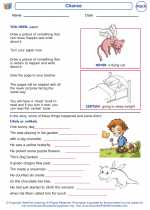
 Worksheet/Answer key
Worksheet/Answer key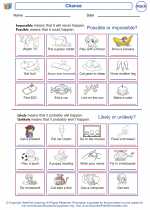
 Worksheet/Answer key
Worksheet/Answer key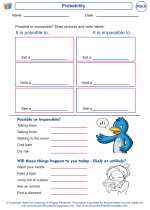
 Worksheet/Answer key
Worksheet/Answer key
 Worksheet/Answer key
Worksheet/Answer key